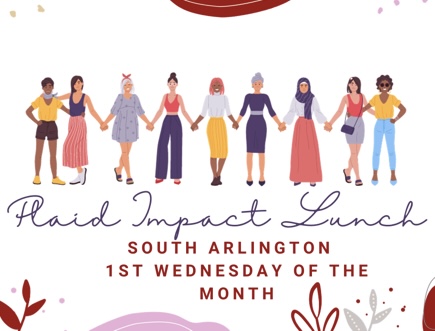The doors close. It’s just you and the VP who sent that cryptic “Can we talk?” email. Your brain scrambles through every possible scenario — from promotion to pink slip. While your heart pounds you smile politely, but inside you’re bracing for impact.
Stressful moments like this have a sneaky way of yanking us out of the present. We either fast-forward into “worst-case scenario” thinking or start replaying what just happened, mentally editing the scene until it’s more palatable. Both reactions pull us away from the only place we have any real power — right here, right now.
But what if those moments aren’t just interruptions to be endured — what if they’re invitations? Invitations to connect.
Reframing Stress as a Connection Point
Stress often comes from a sense of separation — from our own clarity, from others, or from the bigger picture. If we can view challenges as prompts to connect rather than as battles to win or lose, we open up new possibilities for handling them.
1. Connect with Yourself Before Responding
When stress hits, most of us want to react instantly. Instead, give yourself a few seconds to reconnect with yourself:
- Take one slow breath.
- Plant your feet on the floor and feel the ground beneath you.
- Ask: What’s actually happening right now? What do I want to bring into this moment?
This small pause helps you respond from intention rather than impulse. It’s like plugging your phone into a charger before making the next call.
2. Connect with the Other Person’s Humanity
That frustrating email? A snappy tone in a meeting? Behind it is another human being — with their own stress, pressures, and blind spots.
Ask yourself: If I were in their shoes, what might I be feeling?
This doesn’t mean excusing bad behavior, but it opens the door to respond with curiosity instead of defensiveness. And curiosity often diffuses tension faster than argument.
3. Connect with the Bigger Purpose
Stress can make us hyper-focus on the problem, blurring out the why. Stepping back to see the bigger picture can shift everything.
- What’s the ultimate goal of this project, this conversation, or this role?
- How does addressing this moment help move toward it?When we zoom out, we often realize the challenge is just one step in a much larger journey — and it becomes easier to navigate with perspective.
4. Connect Through Gratitude
In tense moments, gratitude might feel like the last thing on your mind. But finding one thing to appreciate — the colleague who speaks up in support, the chance to clarify a misunderstanding, the growth that comes from a hard conversation — can shift your nervous system from threat mode into a more open, engaged state.
5. Connect by Naming the Moment Out Loud
Sometimes the most powerful way to stay present is to simply acknowledge what’s happening:
“This feels like a lot right now — can we take a minute to reset?”
“I want to make sure I’m hearing you correctly before I respond.”
“Let’s slow this down so we can figure it out together.”
Naming the tension helps everyone in the room exhale — and creates space for authentic connection.
The Takeaway
Staying present isn’t about forcing calm or pretending stress doesn’t exist. It’s about choosing to engage within the moment instead of escaping from it. Every stressful interaction is a fork in the road: one path leads to disconnection and knee-jerk reactions; the other leads to curiosity, compassion, and clarity.
And here’s the empowering truth: you always get to choose which path you take.
Connect with Michele on LinkedIn or read more of her articles on Plaid.













